Calathea Rufibarba – Velvet Calathea
£21.95 Original price was: £21.95.£15.37Current price is: £15.37.
- Shop with ease, buy with confidence.
- Shop with Ease
- Buy quality, buy with us.
- Protect Your Wallet with Safe Payments

So-called Furry Feather or Velvet Calathea due to the tiny hairs that cover its waxy leaves and stems and give the plant a soft, velvety feel. Calathea rufibarba is a tall Calathea variety with red stems and deep blue-green, elongated leaves with a dark purple underside. Tropical indoor flair for all living spaces!
Calathea rufibarba – Velvet Calathea Care & Info Guide
Horty Hints
Dinner time! Fertilising your plant every three months during the growing season with a liquid fertiliser will keep your plant colourful and vibrant. It will also encourage faster growth!
Living on the edge! Crisping up at the edges of leaves is a watering issue not humidity. This plant is sensitive to chlorine in tap water, so allow it to stand overnight to diffuse before use, and maintain an even moist soil. Brown leaf tips may occur.
What’s got you down? Leaf droop happens naturally during the day with some calathea, they then sit more upright at night, however if leaf droop is combined with dry air and soil, the plant needs more water and humidity.

Light
As with most variegated plants, Calathea need plenty of diffused light. Direct sunlight will cause the leaves to fade and lose their markings. They can tolerate some degree of shade, but the more indirect light, the finer the foliage.

Watering
Calathea must be kept in damp soil at all times, but definitely do not allow the plant to sit in water or in very wet soil. Think ‘little and often’ as a watering policy.

Temperature
Prefers warm to high temperatures, ideally between 18-23°C, but can cope with as low as 15°C. Avoid draughts and ensure the plant has reasonable ventilation.

Humidity
High humidity levels are a must. Mist frequently to improve humidity conditions and pop it near the shower from time-to-time to give it an extra boost.

Feed
Apply a weak dose of a nitrogen-rich foliage fertiliser once or twice a month during the growing season.

Height & Growth Rate
This Velvet Calathea is a moderately fast growing plant, ultimately reaching heights of around 80cm.

Toxicity
This Calathea is considered non-toxic, therefore safe around children and pets.

Air Purifying
This plant filters airborne toxins and is part of our clean air plant collection.

Origin
Calathea rufibarba originates from the Tropical Americas.
| SIZE: Pot Diameter x Total Height | 14 x 50cm, 19 x 90cm |
|---|
Be the first to review “Calathea Rufibarba – Velvet Calathea” Cancel reply
Related products
HOUSEPLANT STYLES
HOUSEPLANT STYLES
HOUSEPLANT STYLES
HOUSEPLANT STYLES
HOUSEPLANT STYLES
HOUSEPLANT STYLES
HOUSEPLANT STYLES
HOUSEPLANT STYLES
Ficus Elastica Abidjan – Burgundy Rubber Plant – Straight Stem

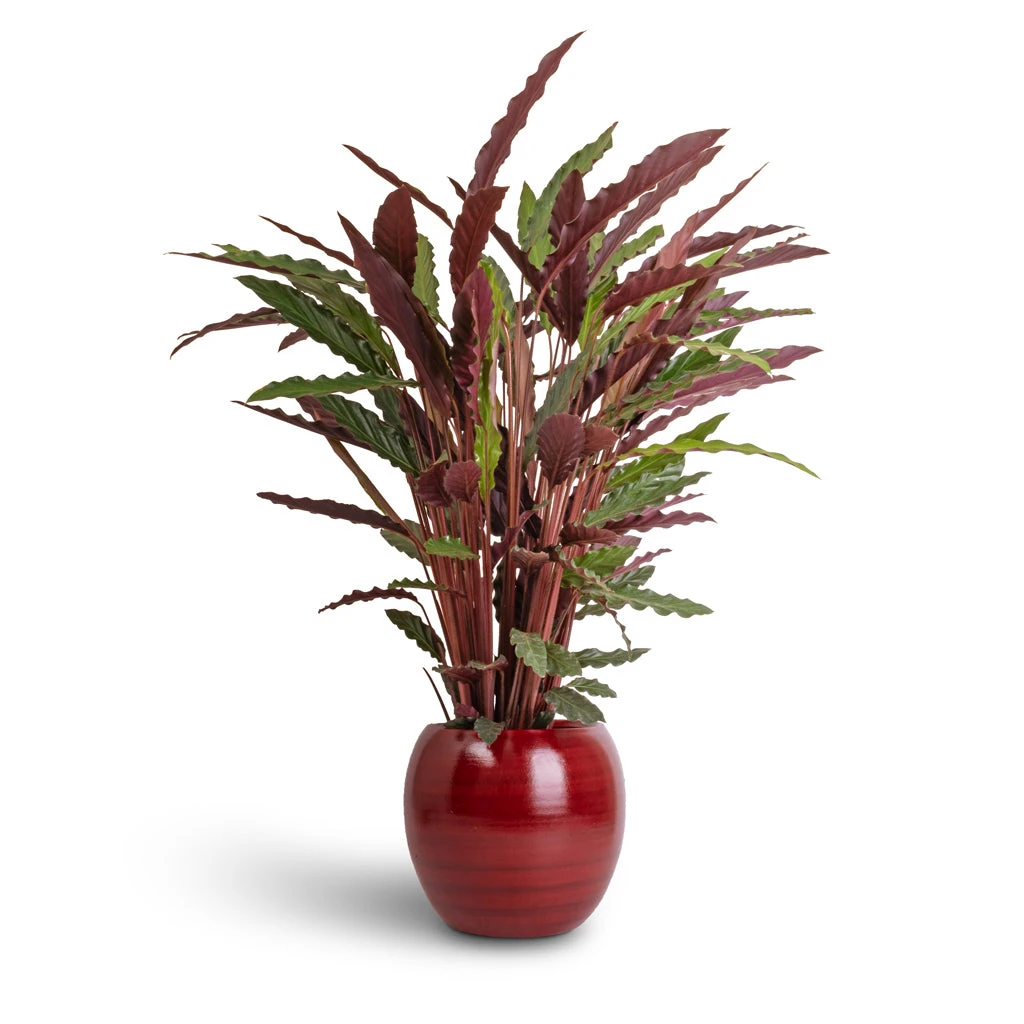

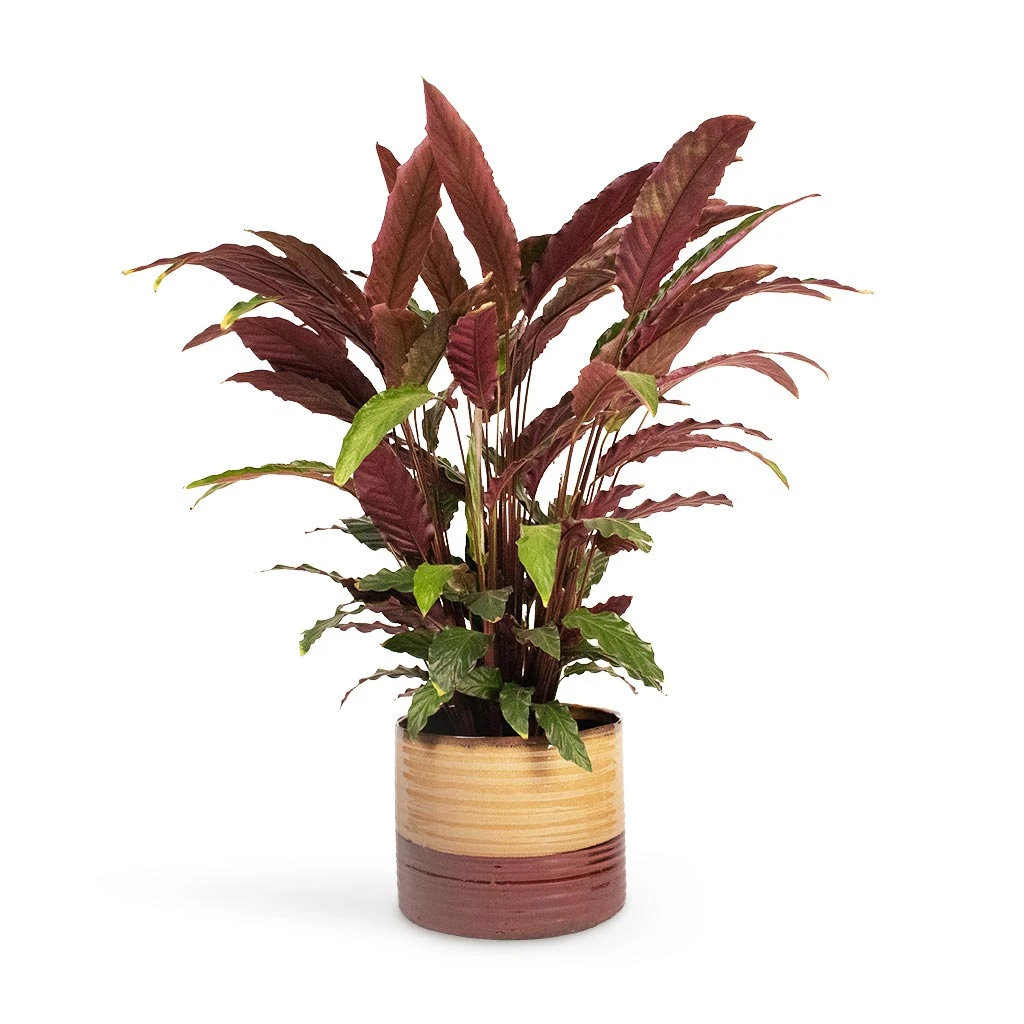
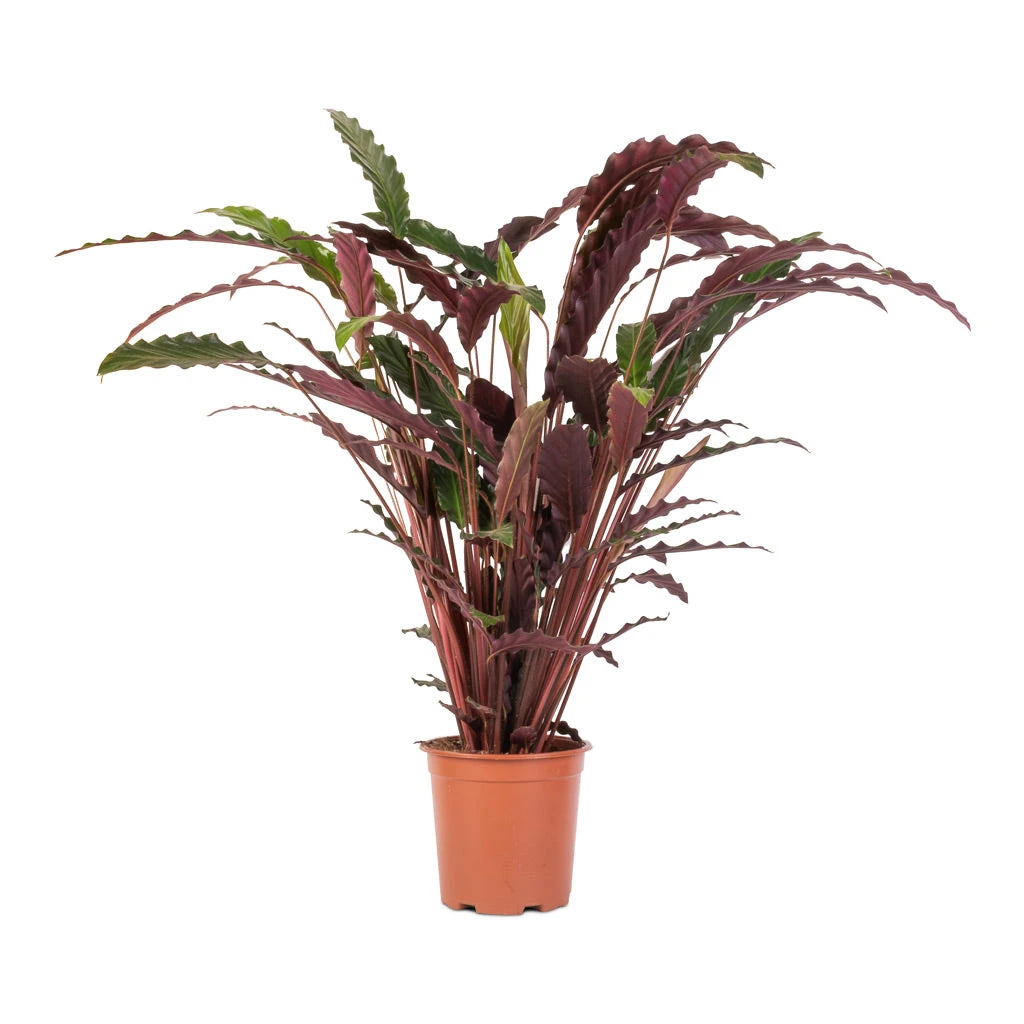
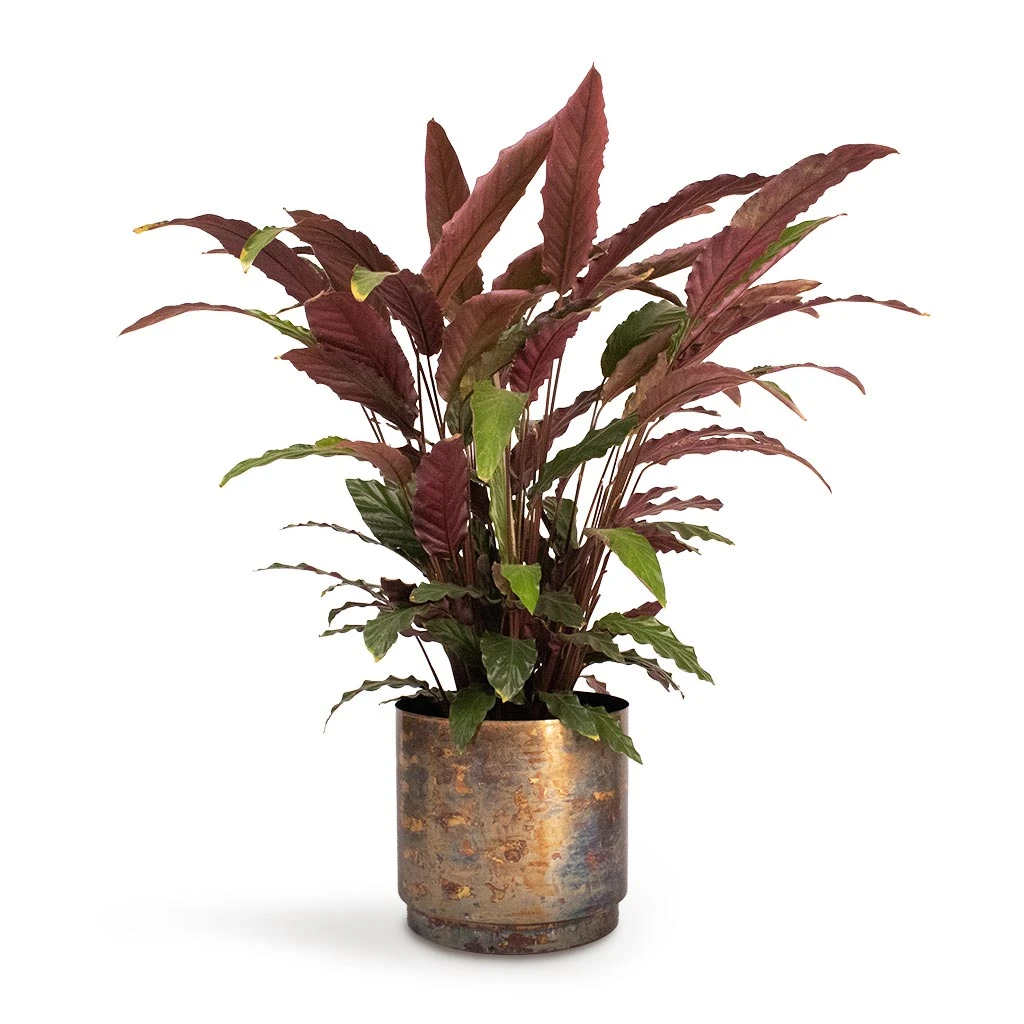
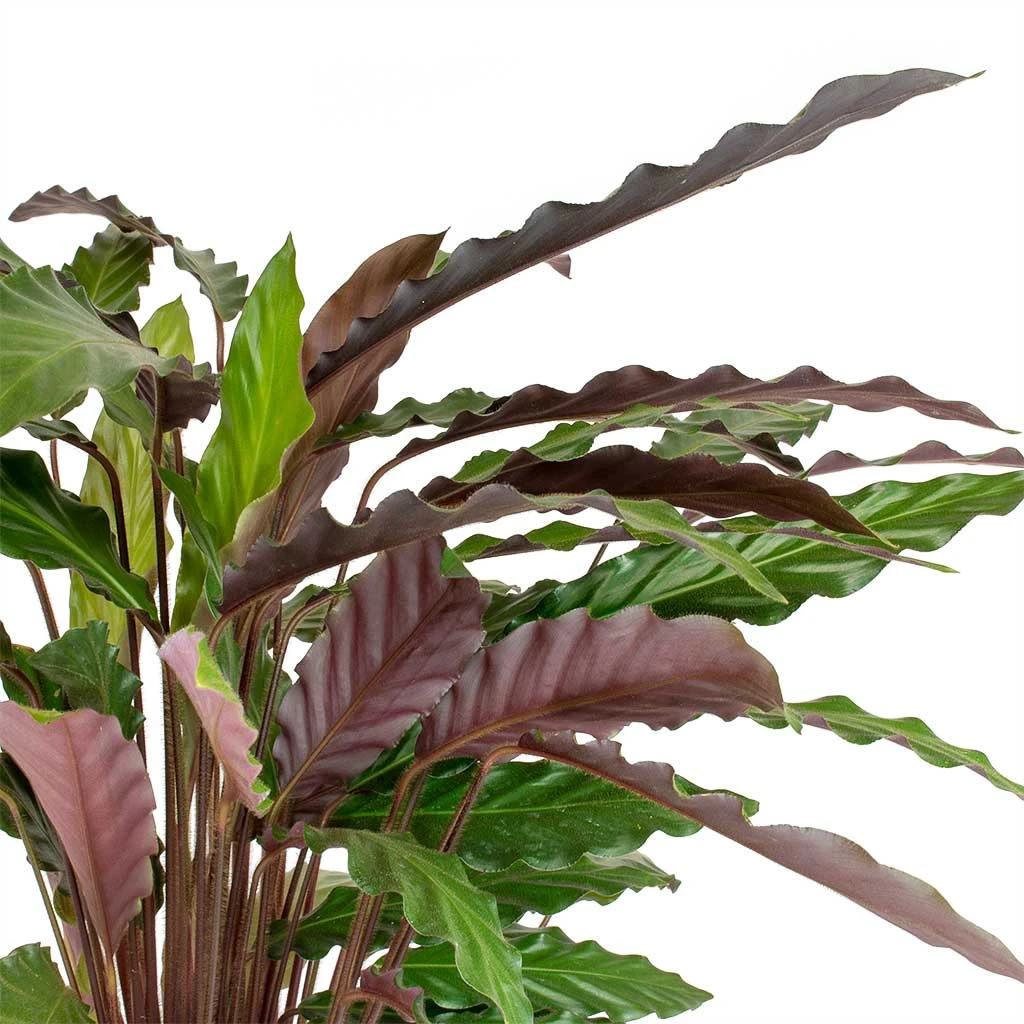
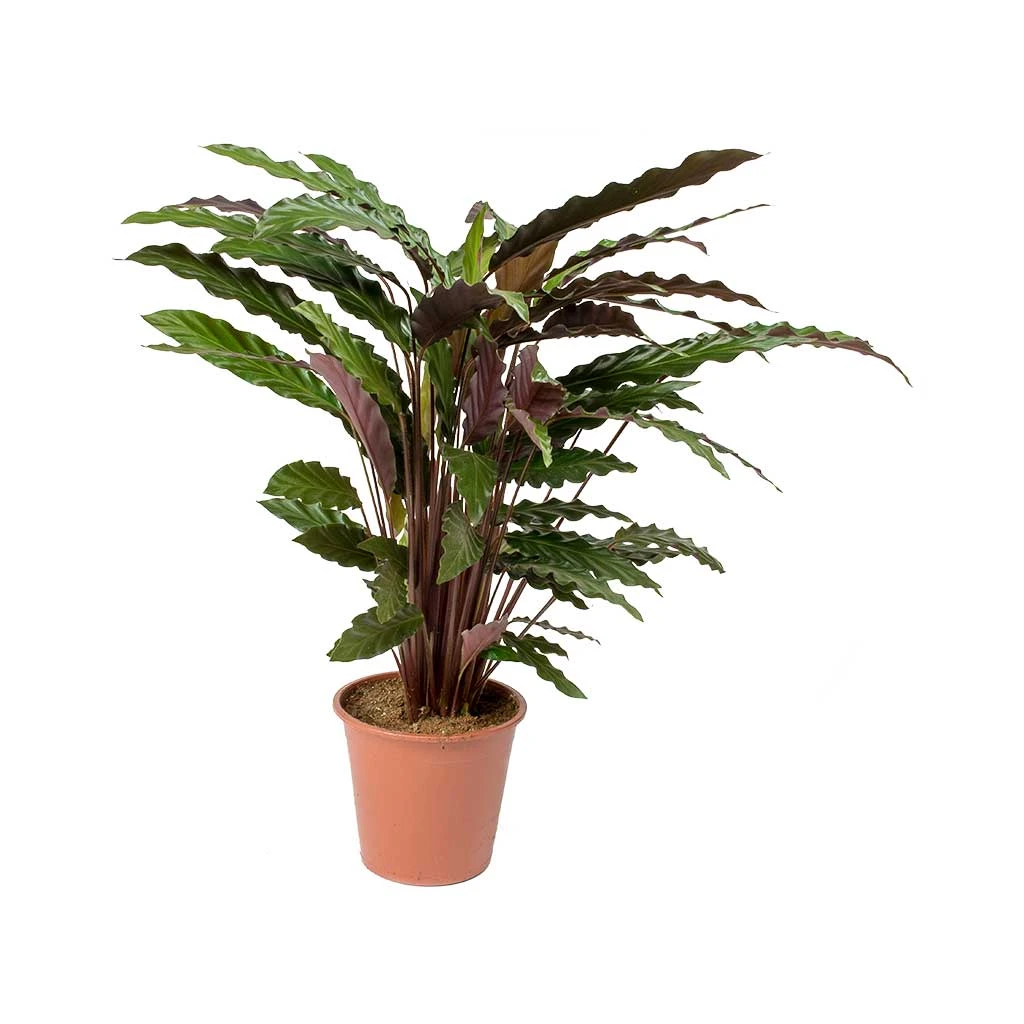
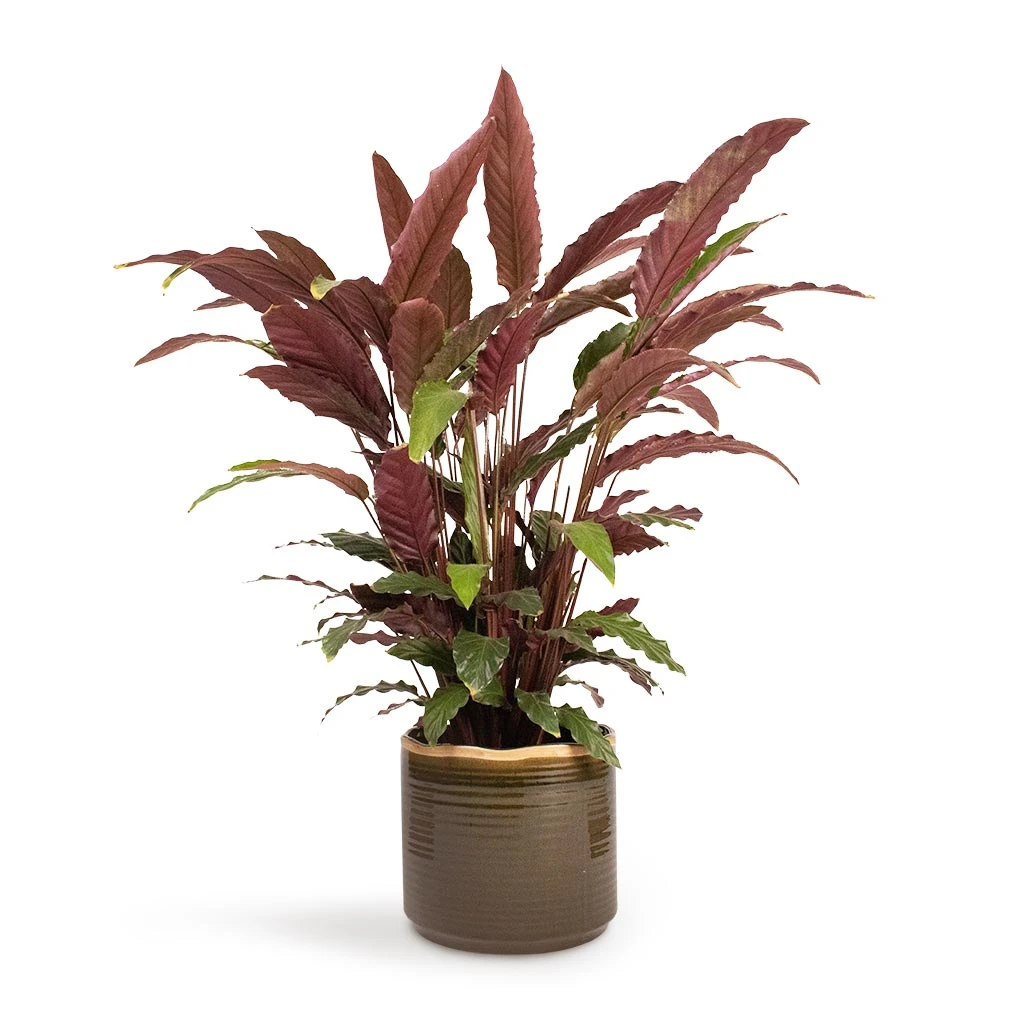


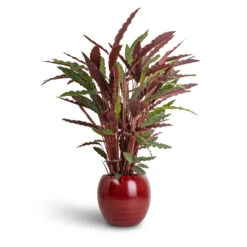
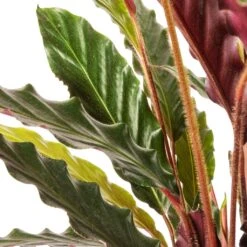




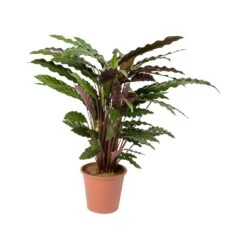
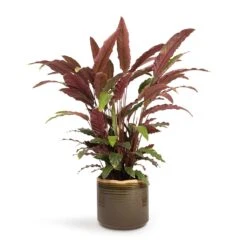
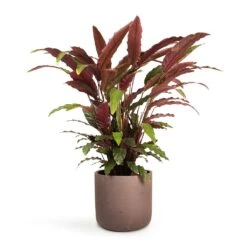

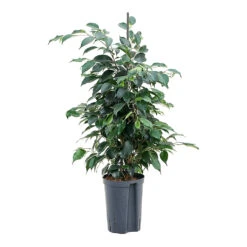

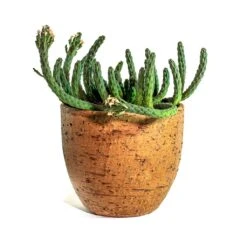
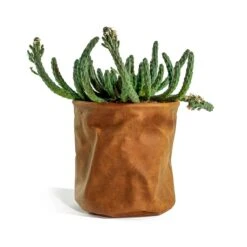

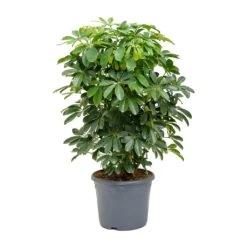
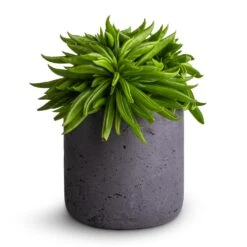
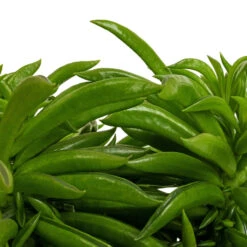
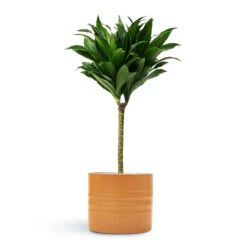


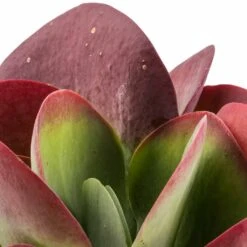
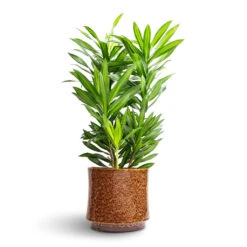
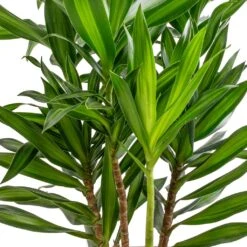
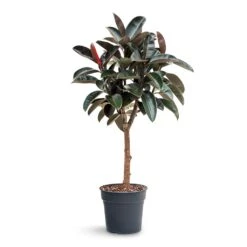

Reviews
There are no reviews yet.